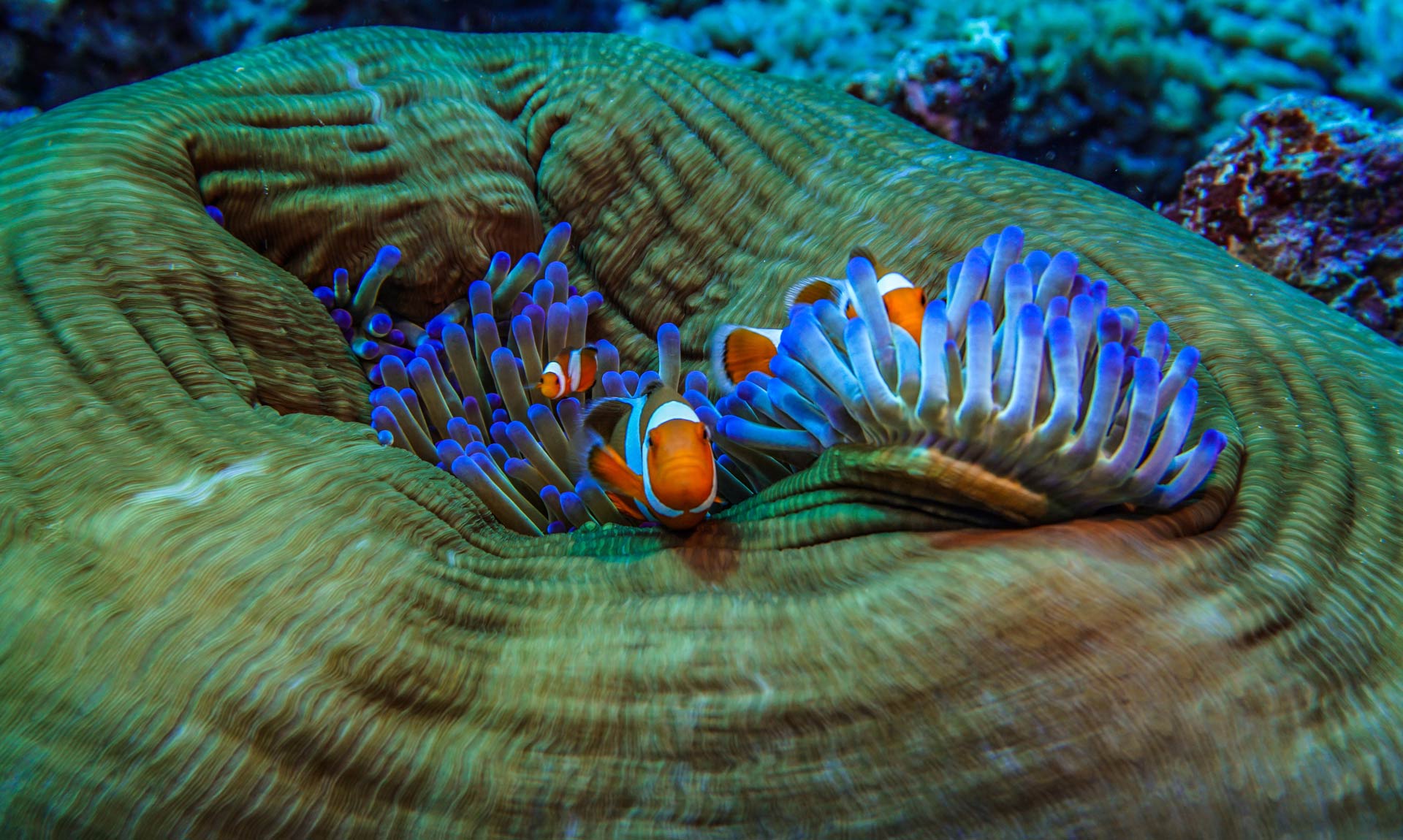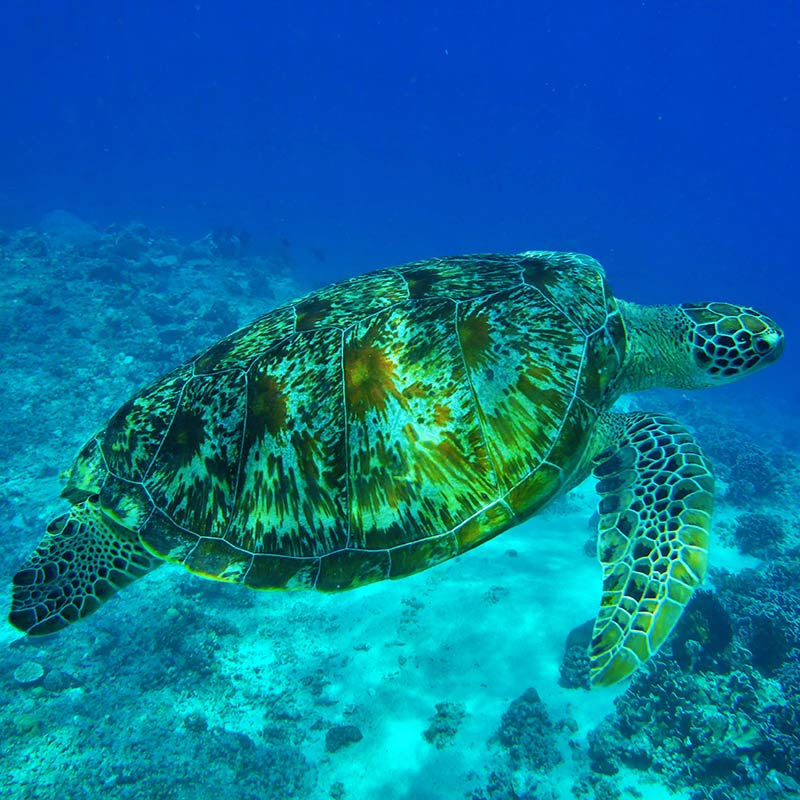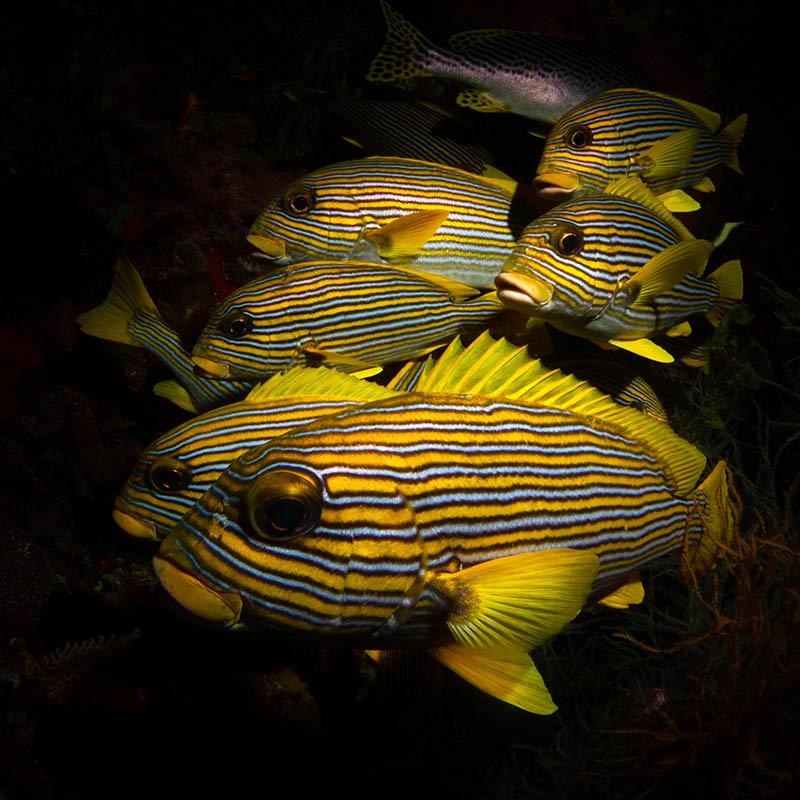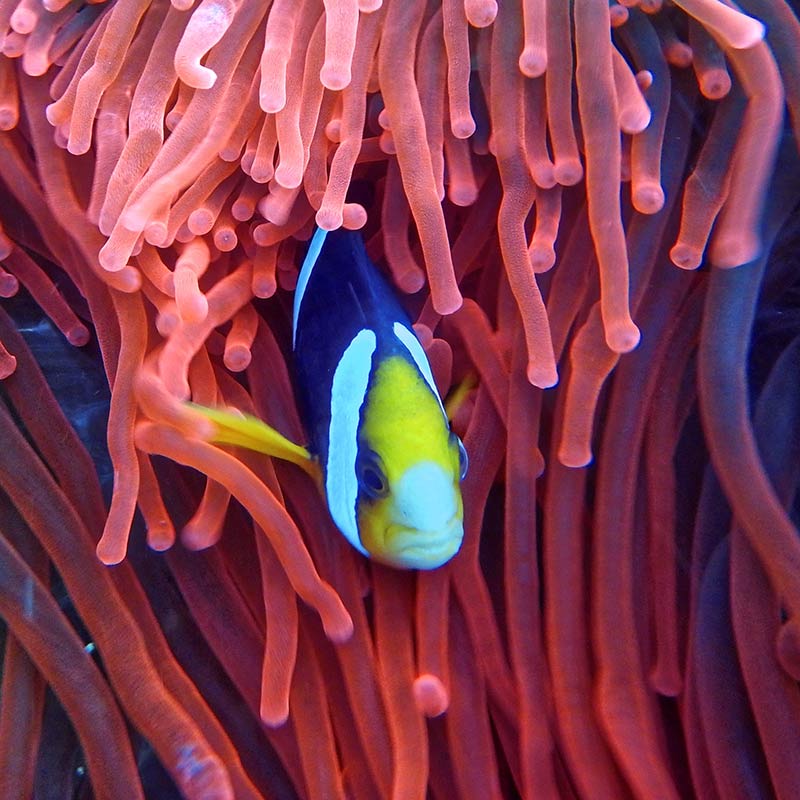SQUARE MILES
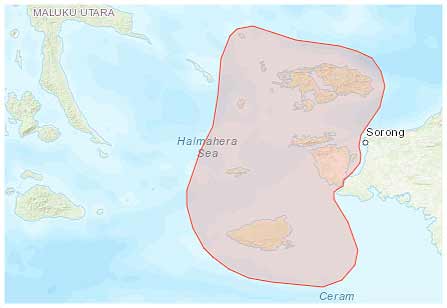
 SITUATED OFF THE COAST OF NEW GUINEA, IT COVERS APPROXIMATELY THE SAME AREA AS CONNECTICUT
SITUATED OFF THE COAST OF NEW GUINEA, IT COVERS APPROXIMATELY THE SAME AREA AS CONNECTICUT
 STRONGHOLDS FOR: THE ‘CROWN JEWEL CORAL TRIANGLE’, THE MOST BIO-DIVERSE MARINE AREA ON EARTH. SPECIES INCLUDE DUGONGS, BLUE WHALES, SPERM WHALES AND THREATENED ENDEMIC BIRD SPECIES
STRONGHOLDS FOR: THE ‘CROWN JEWEL CORAL TRIANGLE’, THE MOST BIO-DIVERSE MARINE AREA ON EARTH. SPECIES INCLUDE DUGONGS, BLUE WHALES, SPERM WHALES AND THREATENED ENDEMIC BIRD SPECIES
 IN 2004, THE BIRD’S HEAD SEASCAPE INITIATIVE WAS CREATED AND HAS HELPED PROTECT THE AREA, BUT CHALLENGES REMAIN
IN 2004, THE BIRD’S HEAD SEASCAPE INITIATIVE WAS CREATED AND HAS HELPED PROTECT THE AREA, BUT CHALLENGES REMAIN
RAJA AMPAT FACTS
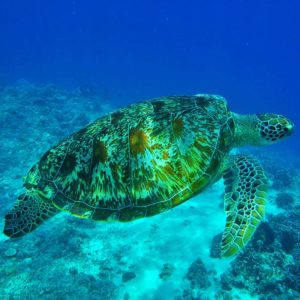
Raja Ampat is off the coast of Bird’s Head Peninsula in New Guinea, where the Pacific and Indian Oceans meet. It contains approximately 1,500 small islands, in addition to its main islands, Misool, Salawati, Batanta, and Waigeo.
Raja Ampat consists of about 1,700 fish species, 699 mollusk species and 537 known coral species. Due to its extremely diverse marine biology, it is one of the top 10 places in the world for diving. There are also over 13 species of marine mammals here. These include Endangered and rare mammal species such as Dugongs (similar to Manatees), Blue Whales and Sperm Whales. Two Near-Threatened species of Birds of Paradise naturally occur here, existing nowhere else on Earth; the Red Bird of Paradise and Wilson’s Bird of Paradise.
Raja Ampat also contains seven species of rare and/or Endangered Sea Turtles, including the Hawksbill, Leatherback, Green, Loggerhead and Flatback.
RAJA AMPAT UNIQUE FEATURES
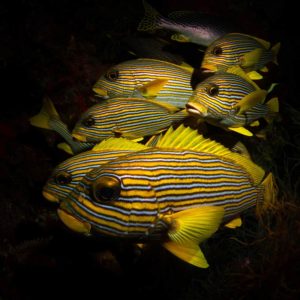
One of the World’s Largest Fish Producers
Raja Ampat has a human population of approximately 50,000. These inhabitants live primarily in the small town of Waisai, as well as in villages and settlements. Their communities depend on marine resources as a food source, as well as for their livelihoods. In 2016, the United Nations identified Indonesia as the world’s second largest fish producer. Having to generate its annual 14.3 million tons of seafood puts economic pressure on fishermen.
RAJA AMPAT THREATS
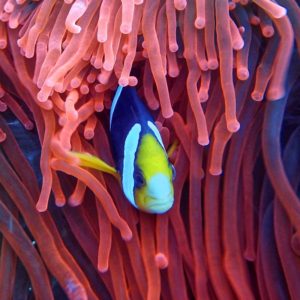
Damaging fishing practices, such as cyanide and dynamite fishing, have posed great threats to Raja Ampat’s ecosystem. Cyanide fishing involves spraying sodium cyanide into the fish’s habitat in order to stun fish, making them easier to capture. This practice has a negative effect on the fish population, but also severely limits photosynthesis in coral reefs, which are vital to the survival of all marine ecosystems. Dynamite fishing involves using explosives to kill or stun fish. This has an obvious negative effect to the fish population but has also been responsible for breaking apart coral reefs. Some reefs have been totally lost due to cyanide and dynamite fishing. When reefs are lost, restoration will take 50 years or more.
Other threats to Raja Ampat have included plastic pollution, industrial development, runoff from poor land-use practices and unregulated tourism activities. In recent years, outcry from concerned conservationists have resulted in the government introducing restrictions that encourage ‘Responsible tourism’. There has also been a coalition of individuals from around the world that has helped institute and enforce other protections. As a result, the biodiversity has seen significant growth, but there is still much to be done.


